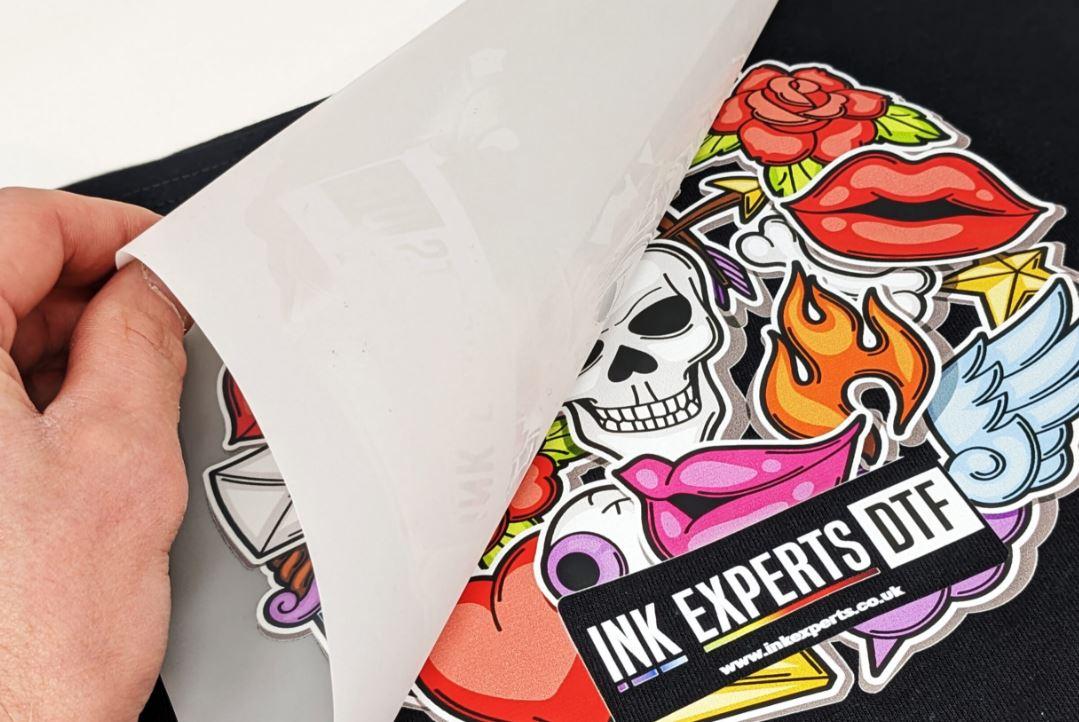Patrocinado
What Is DTF Printing? A Complete Guide for Beginners

In recent years, the printing industry has witnessed a surge in innovative methods for customizing garments and merchandise. One such revolutionary technique is DTF printing, which stands for Direct to Film printing. This process offers superior versatility, durability, and ease of use compared to traditional methods like screen printing or DTG (Direct to Garment). If you're new to DTF printing or exploring options for launching your own custom apparel business, this guide will walk you through the fundamentals of DTF technology and why it’s becoming a game-changer in textile printing.
Understanding DTF Printing
DTF printing involves printing a ***gn directly onto a special PET film using water-based DTF inks. After printing, the ***gn is coated with a hot-melt adhesive powder, then cured and heat-pressed onto a fabric of choice. Unlike DTG, which prints directly onto the fabric, DTF separates the printing and transfer processes, offering more control and flexibility.
Key Components of DTF Printing
To get started with DTF printing, you’ll need several core components:
-
DTF Printer: A modified inkjet printer that uses special DTF inks.
-
PET Film: This is the medium on which your ***gn is initially printed.
-
Hot-Melt Powder: Applied to the printed ***gn, it acts as the adhesive that bonds the print to the fabric.
-
Heat Press Machine: Transfers the image from the film to the fabric using heat and pressure.
-
Curing Oven or Heat ***: Used to melt and cure the adhesive powder before transferring.
How DTF Printing Works: Step-by-Step
Here’s a simplified overview of how DTF printing works:
-
***gn Creation: The process begins with ***gning your artwork using software like A***e Illustrator or Photoshop.
-
Printing: The ***gn is printed in reverse onto a PET film using a DTF printer.
-
Powder Application: Hot-melt adhesive powder is sprinkled on the wet ink, then shaken to remove excess powder.
-
Curing: The film is heated to cure the powder, solidifying the adhesive layer.
-
Transfer: Using a heat press, the ***gn is transferred from the film to the fabric.
-
Peeling: After pressing, the film is peeled away to reveal the vibrant, detailed image on the garment.
Why Choose DTF Printing?
DTF printing has quickly become a go-to option for small businesses and entrepreneurs. Here’s why:
1. Compatibility with Multiple Fabrics
Unlike DTG, which works best on cotton, DTF printing works well on a wide variety of materials including polyester, blends, nylon, and even leather. This flexibility opens up endless possibilities for product lines.
2. Vibrant Colors and High Detail
DTF produces prints with brilliant color accuracy and sharp details, making it ideal for complex ***gns, gradients, and photo-realistic prints.
3. Durability and Washability
Garments printed with DTF have excellent resistance to washing and cracking, making them long-lasting and reliable for both personal and commercial use.
4. No Pre-Treatment Required
Unlike DTG printing, DTF does not require the fabric to be pre-treated, saving time and reducing costs.
5. Cost-Effective for Small Runs
Whether you're printing one shirt or one hundred, DTF printing is scalable without sacrificing quality or increasing per-unit costs significantly.
Common Applications of DTF Printing
DTF printing is used in a variety of settings, including:
-
Custom t-shirts and hoodies
-
Sports uniforms
-
Tote bags and backpacks
-
Home décor fabrics
-
Corporate and promotional merchandise
Because the process supports dtf transfers custom image workflows, it’s ideal for businesses offering personalized ***gns or short-run print jobs.
Tips for Beginners
If you’re just starting out, here are some helpful tips:
-
Invest in Quality Equipment: A good printer and heat press will ensure consistent and professional results.
-
Test Different Fabrics: Experiment with different materials to understand how they react to heat and adhesive.
-
Keep Your Work Area Clean: Dust and debris can affect print quality and adhesion.
-
Practice ***gn Preparation: Make sure your digital files are in high resolution and have transparent backgrounds for best results.
DTF vs. Other Printing Methods
While DTF is versatile, it’s essential to understand how it stacks up against alternatives:
| Method | Pros | Cons |
|---|---|---|
| DTF Printing | Multi-fabric compatibility, low cost, vibrant colors | Requires curing stage, PET film cost |
| DTG Printing | High detail, soft feel | Best on cotton only, pre-treatment needed |
| Screen Printing | Cost-effective for bulk jobs | Not suitable for detailed ***gns |
| Sublimation | Durable and vibrant | Works only on light polyester fabrics |
Conclusion: Is DTF Printing Right for You?
Whether you’re a hobbyist or a small business owner, DTF printing is a powerful and accessible way to produce high-quality custom garments. The technology offers a perfect balance between quality, flexibility, and cost-effectiveness, making it one of the most popular methods in today’s custom apparel market.
For anyone interested in dtf transfers custom image projects, this method stands out as one of the most beginner-friendly and scalable options available. As technology continues to evolve, DTF printing is poised to remain a vital tool in the custom printing industry.






